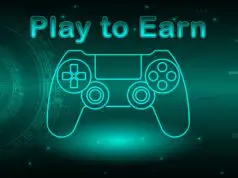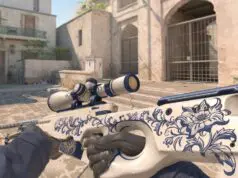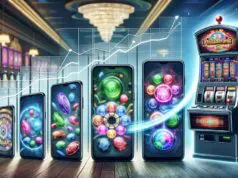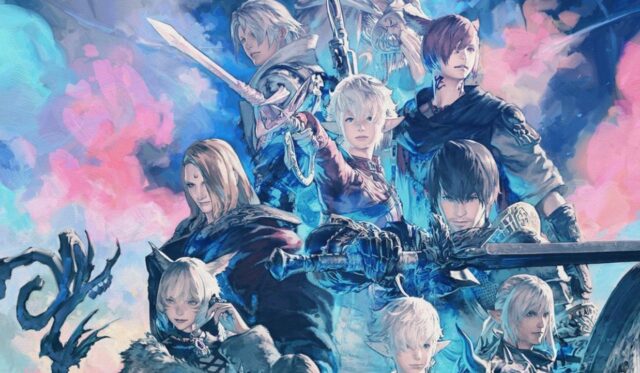
Fans have voiced their displeasure with the potential of the blockchain being included in FFXIV. In the NFT market, there seems to be no end in sight to the conflict. Several members of the Final Fantasy XIV community have expressed their displeasure at the prospect of seeing non-fungible tokens in the game.
The Square Enix CEO sparked an uproar when he expressed interest in this new technology with his FFXIV store. If Square Enix didn’t modify its stance on cryptocurrencies and blockchain, Final Fantasy XIV users threatened to boycott the firm on social media. According to the game’s producer and director, Naoki Yoshida, there are no plans to add NFTs to Final Fantasy 14.
Yoshida has said that the most essential principle for game producers is to make sure that players have a good time while playing their creations. Also, Yoshi-P spoke about the team’s response to fan backlash, indicating that they were aware of the anxiety surrounding the situation. Final Fantasy XIV’s free trial period will resume on February 22, according to the webcast.
The Effects of NFTs on Gaming
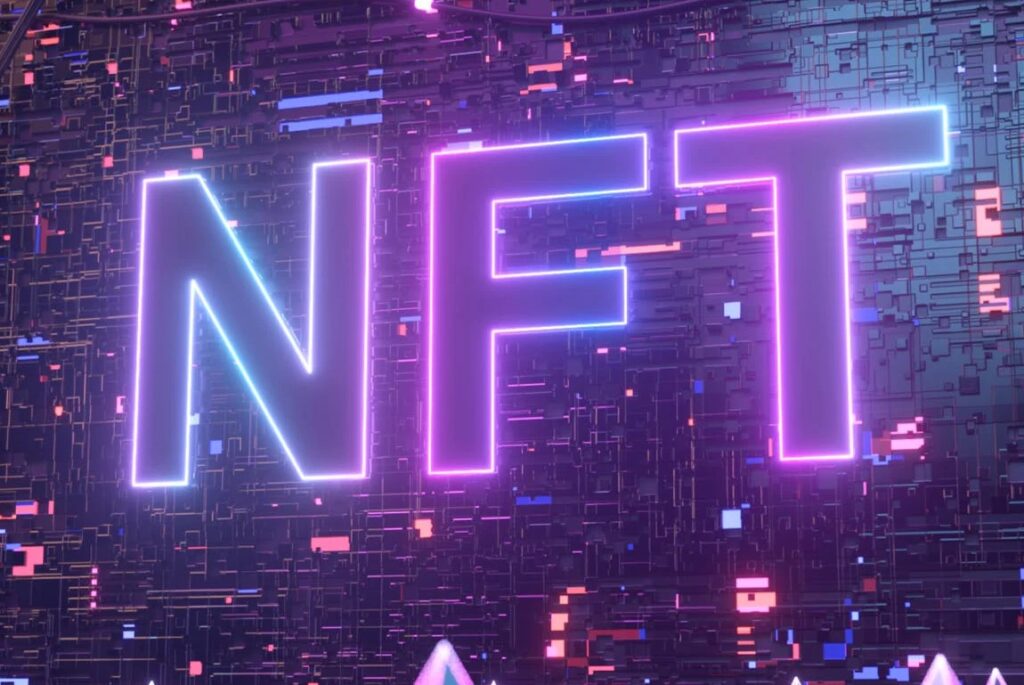
If you buy a non-fungible token (NFT), you get a one-of-a-kind token that is kept on the blockchain. A blockchain is best described as a shared online “ledger” maintained across a network of computers.
At the same time, cryptocurrencies like Bitcoin and Ethereum are often used to trade NFTs; this can lead to confusion and misunderstanding of the debate, but in the early stages of gaming, consumers can earn NFTs through gameplay just like they earn FFXIV Gil [https://www.playerauctions.com/ffxiv-gil/] and may be able to purchase them with “real” money or the virtual currency of the game in the future.
Our lives are being transformed by NFTs, which have the power to, literally, alter the planet. NFTs may be seen in a wide range of contexts, including fashion runways, the streets, and even sports. Even in the gaming business, NFTs are expected to become more prevalent.
The use of NFTs in video games has received a great deal of praise. Gamers are awestruck by the possibilities and quiver with anticipation. However, there are certain drawbacks to consider as well, and it would be a mistake to ignore them. Virtual game maps, realistic characters, distinctive skins, and even the opportunity to be included as an NPC are all possible with NFTs.
The customized gaming experience provided by this innovative technology may boost the gaming business. Many people feel that NFTs in gaming when combined with advancements in augmented or virtual reality technology, will be the key to mimicking our sense of material existence.
Image rights and ownership are returned to artists via NFTs, according to supporters, enabling them to profit from their work. As an NFT, a digital thing may be sold, traded, or given away to someone else, as well. Since gaming NFTs have such large profit margins, collectibles that would ordinarily be packaged with games or sold separately would most likely be put back for the time being.
Some gamers are concerned about NFTs for financial reasons. Specific elements like the game’s content and the demand it produces help determine its pricing, and those costs tend to fall within a narrow range. As a result of the adoption of NFTs, the industry might be adversely affected.
Prices might soar to such exorbitant levels that they’d be labeled exploitative. Taking a market-oriented approach to video games will affect the industry’s community-building goals as well as harm the games themselves. Let’s face it: if a game doesn’t have a strong community, it won’t succeed commercially.
Anybody even somewhat acquainted with bitcoin mining may be aware that such actions need enormous computer power, as some have connected the activity to the current GPU scarcity, which has damaged the gaming industry and PC players. It also consumes a significant amount of electricity. Blockchain technology also plays a role in the creation of NFTs.
NFTs in gaming so far
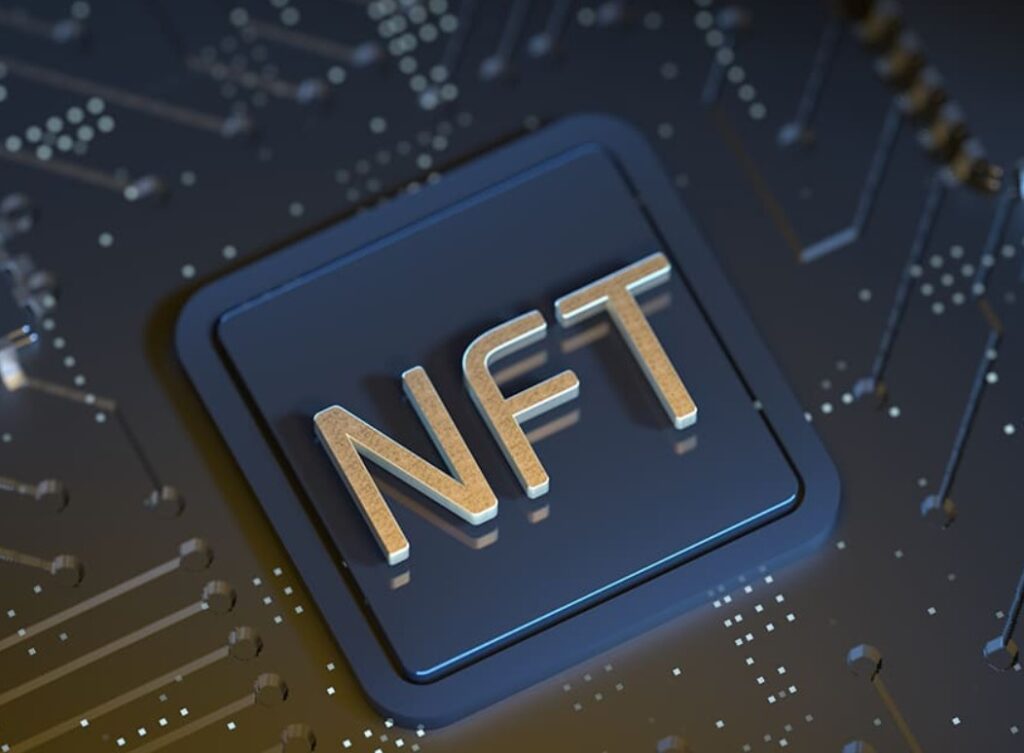
Ubisoft was one of the first large firms to use this technology in their game, Ghost Recon: Breakpoint, a military shooter featuring a gear system that allows you to customize your character. The NFTs enable ‘one-of-a-kind’ gear to be utilized in-game, with serial numbers etched on them to display in the game.
Ubisoft’s efforts were believed to have failed in December, when it was revealed that the business had spent more money manufacturing the NFTs than it had earned from them, with an estimated cost of $396. Taking a look at this, due to the fact that NFTs have been adopted, there might be an adverse effect on the industry.
Aside from the possibility of an increase in the prices which can be considered to be quite exorbitant, there is a good chance of it succeeding in the industry. Taking a market-oriented approach to video games will affect the industry’s community-building goals as well as cause major harm to the games themselves. In reality, the lack of a proper and efficient gaming community might in one way reduce the rate at which the game excels on a commercial level.
On February 19th, 2025, the last piece sold between two people outside of Ubisoft went for 60 Tezos, or $197. The total volume is now at $876.65. On the other hand, Konami found success by using the digital scarcity approach and making 14 one-of-a-kinds Castlevania-themed NFTs, which sold for a total of $164, 000.
Conclusion
Many players were alarmed when Square Enix president Yosuke Matsuda revealed that the publisher was exploring adding NFTs to games, including FFXIV mounts, fearing that the firm had succumbed to the hype. Final Fantasy XIV players were extremely tense as they awaited the unveiling of certain NFT cards, models, or other items. Fortunately, you can now take a deep breath because there is no cause for alarm any longer.

